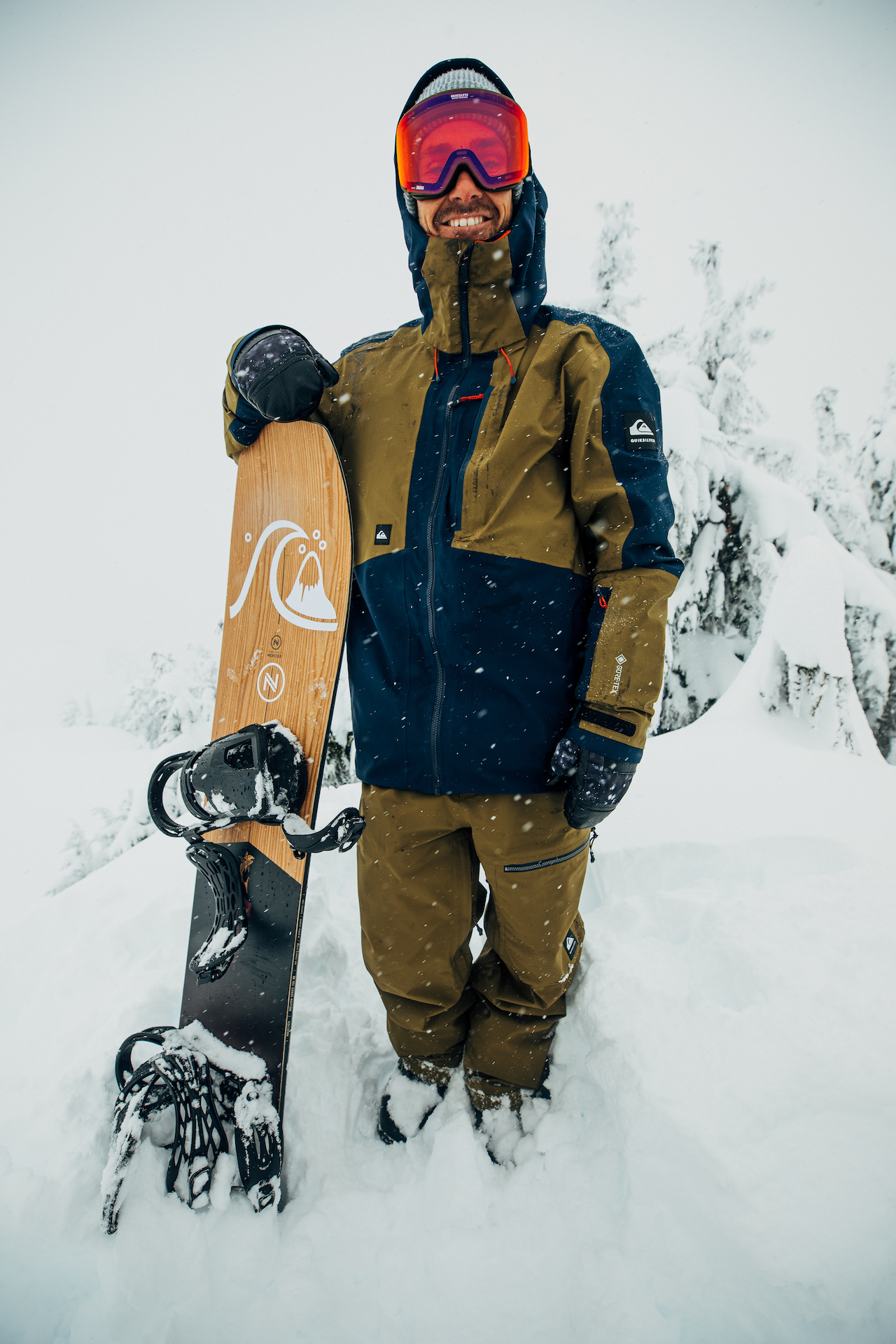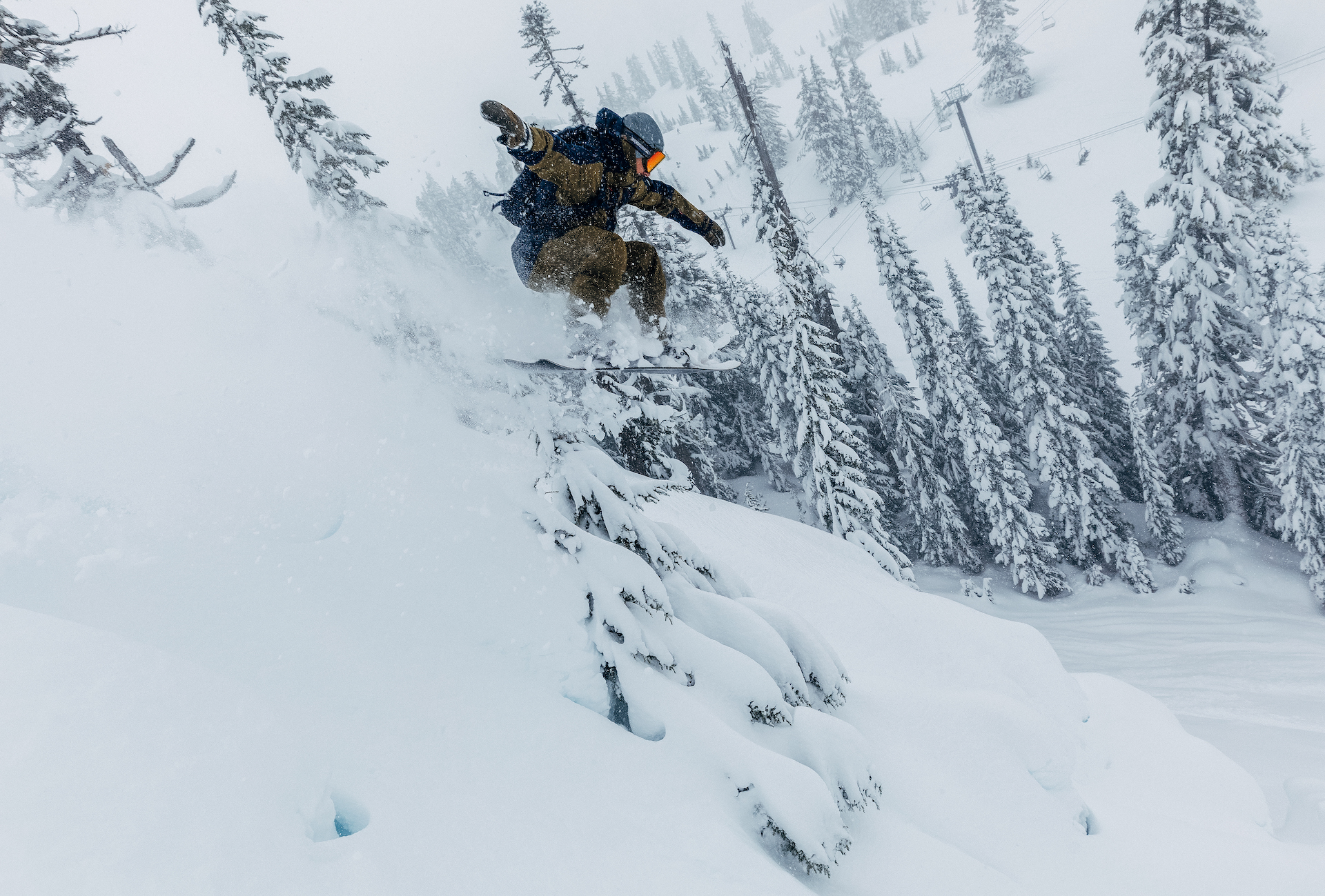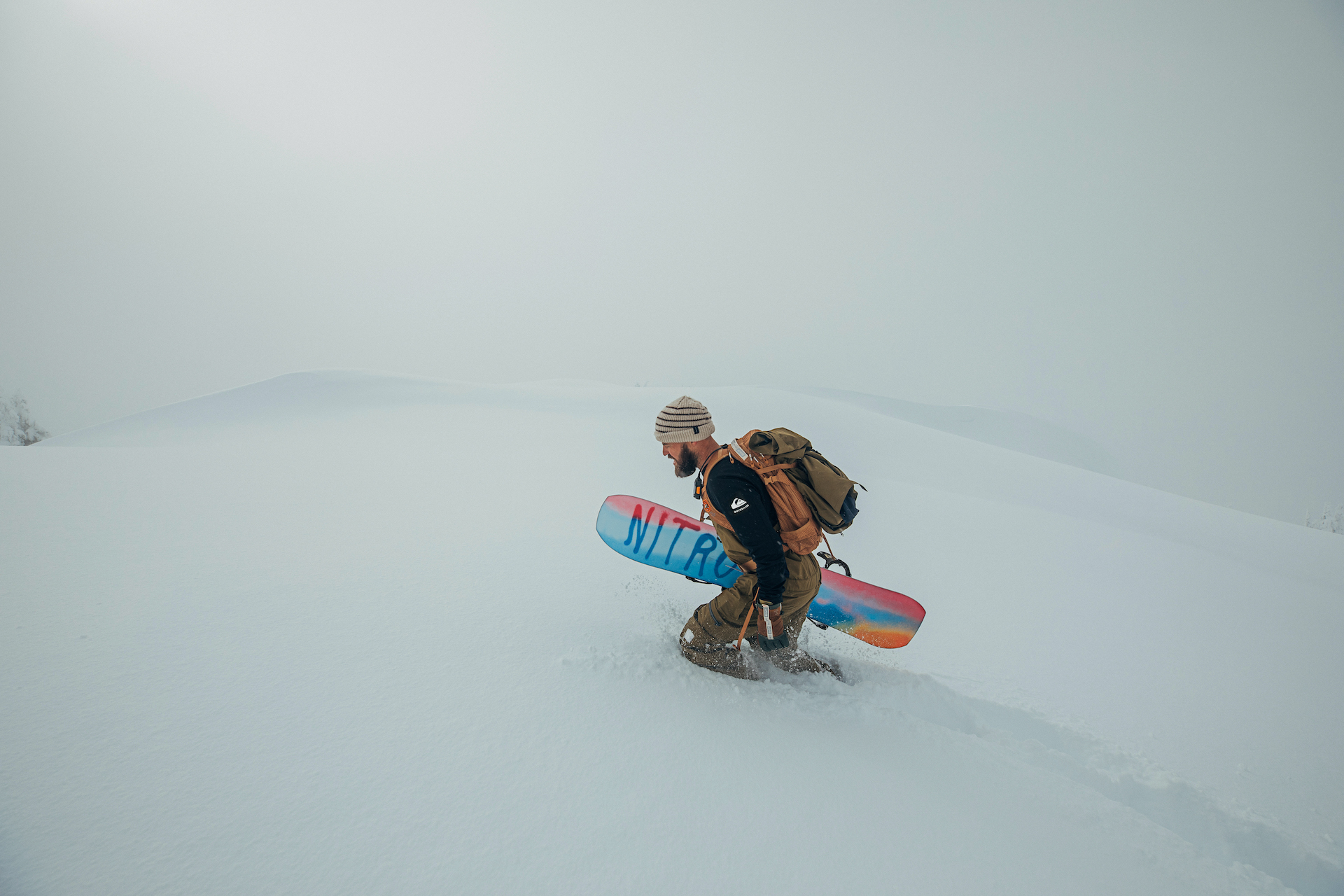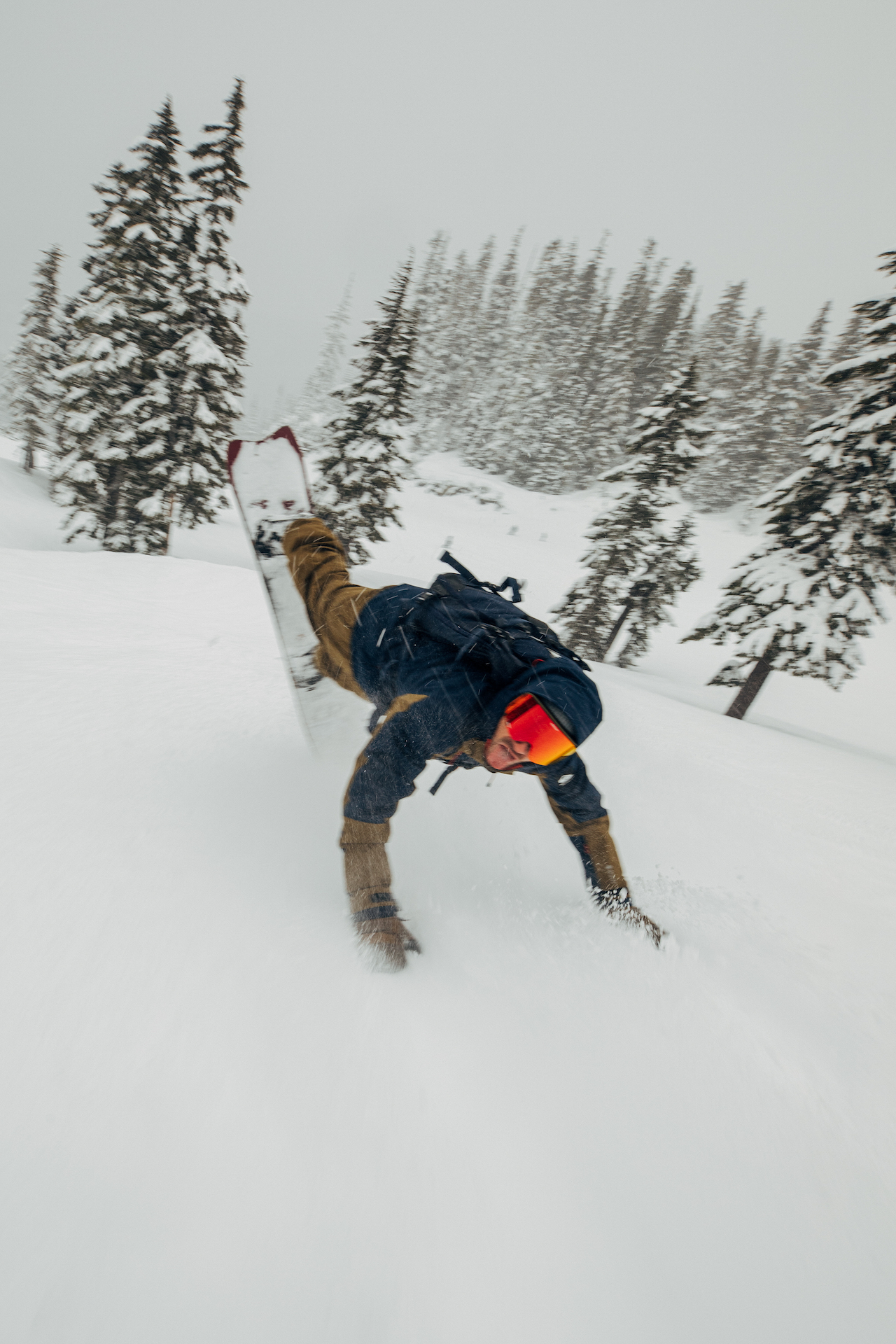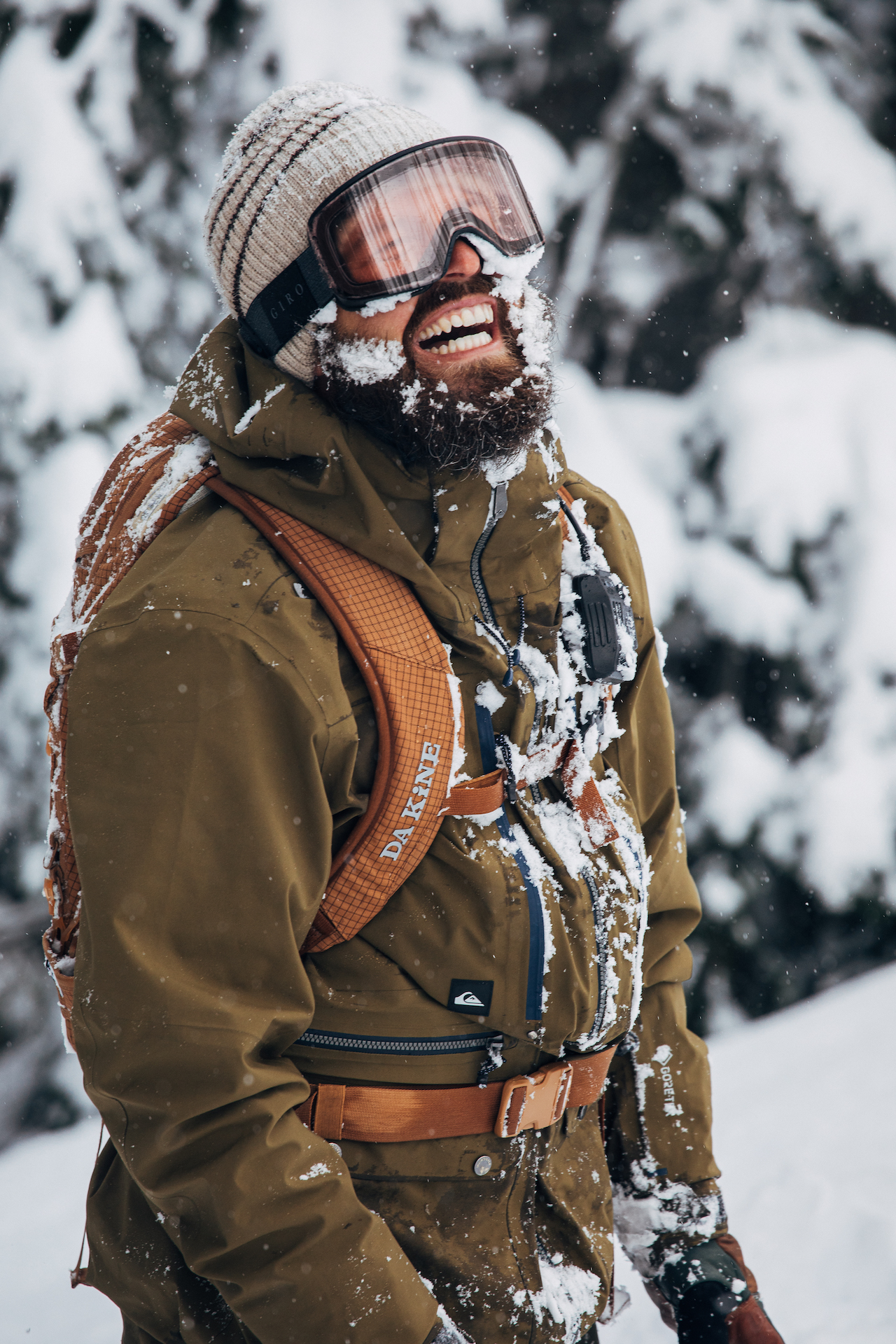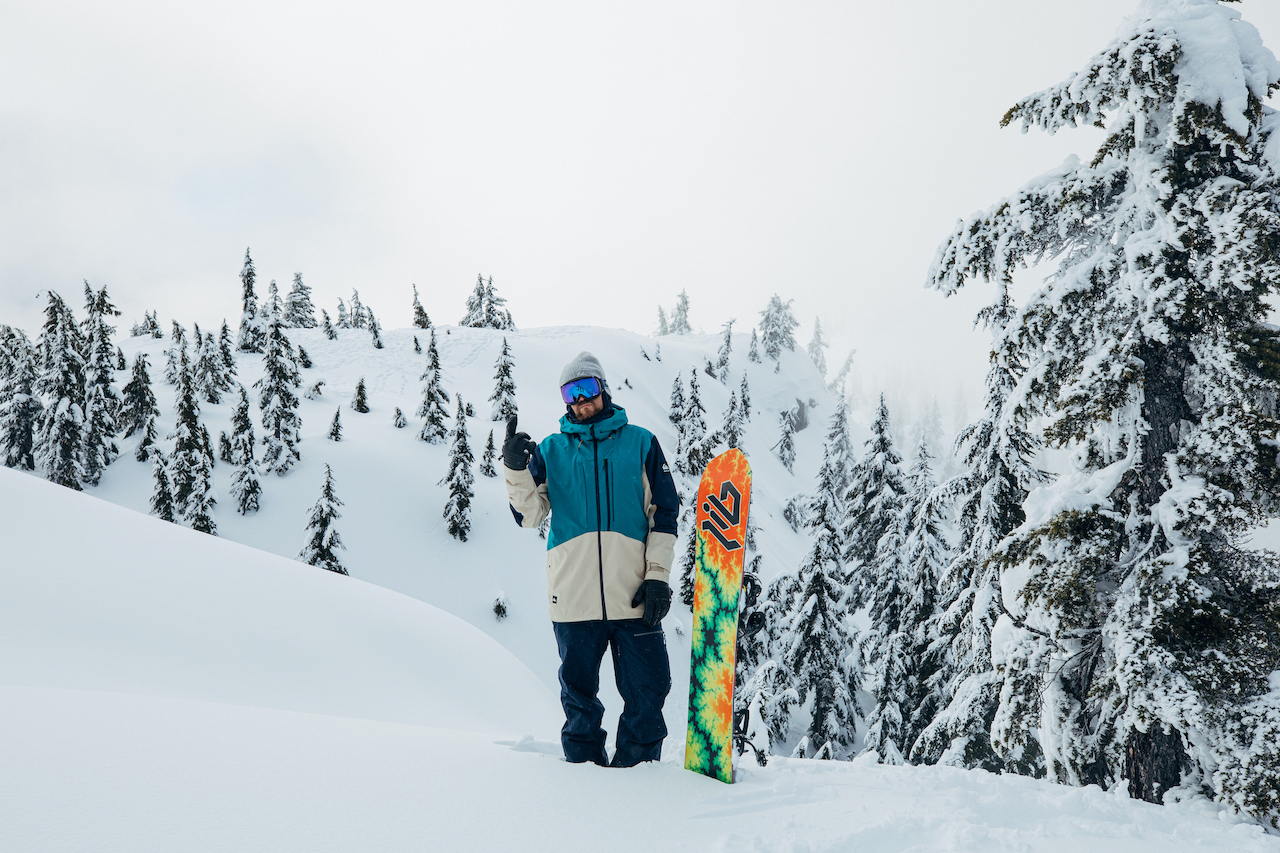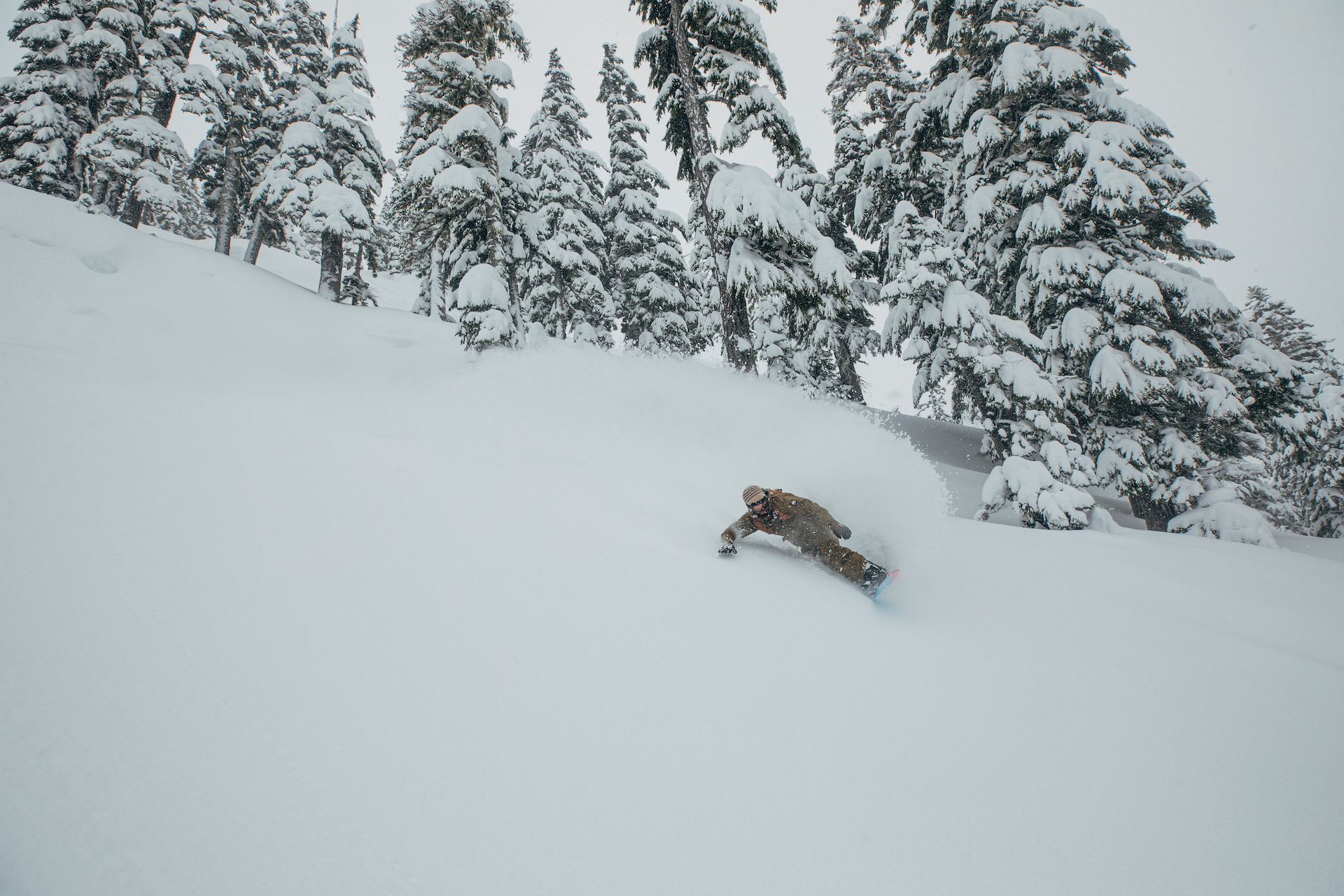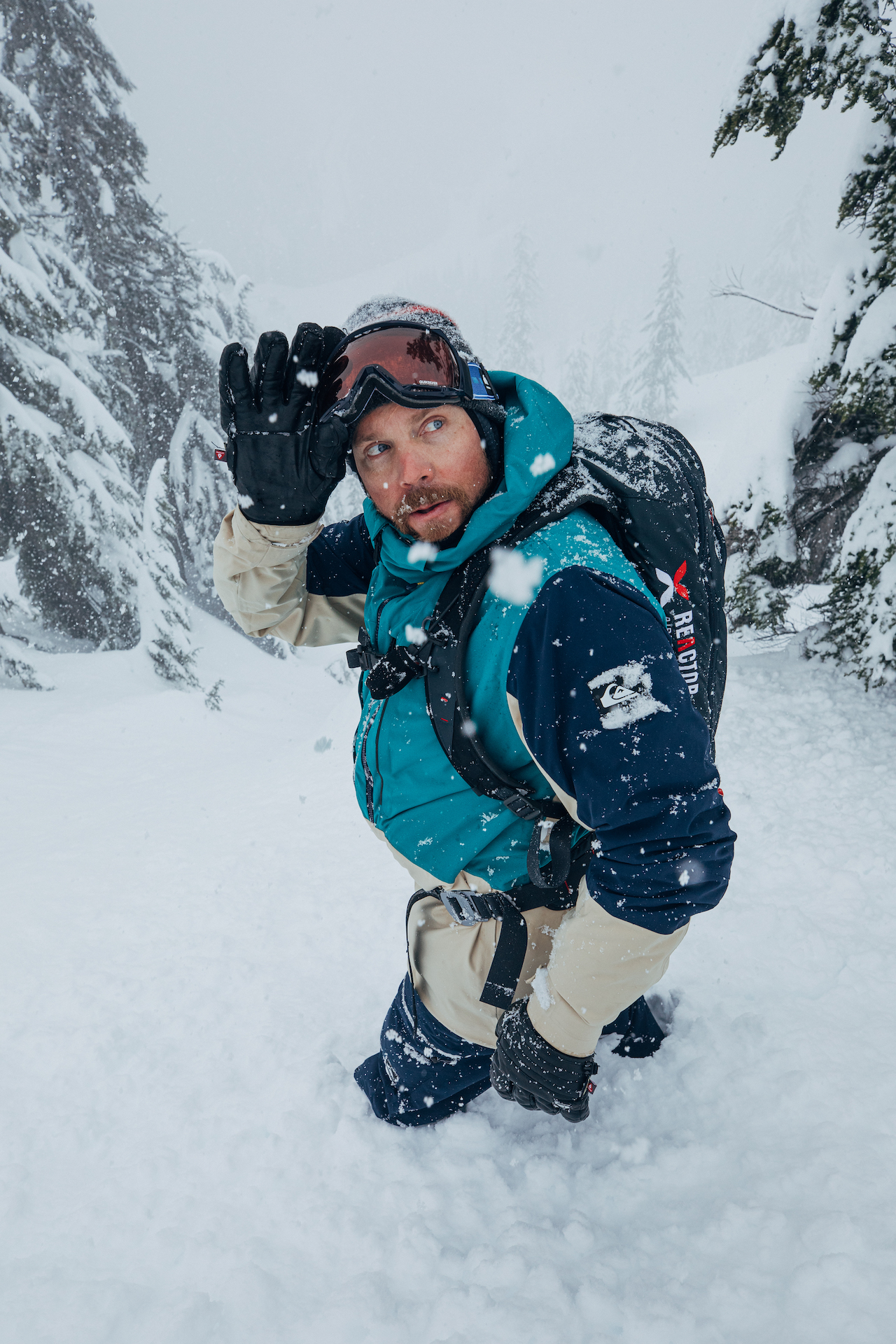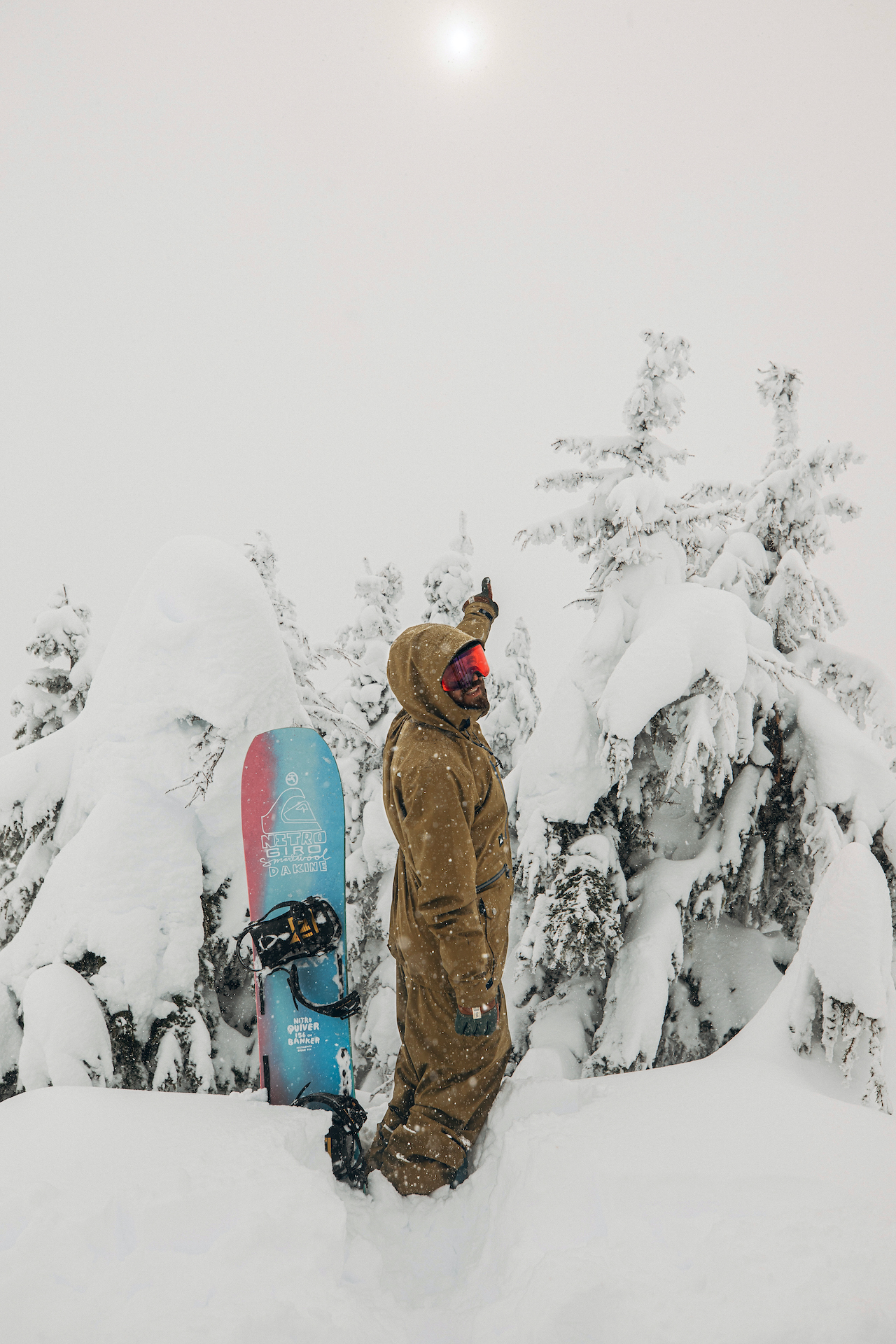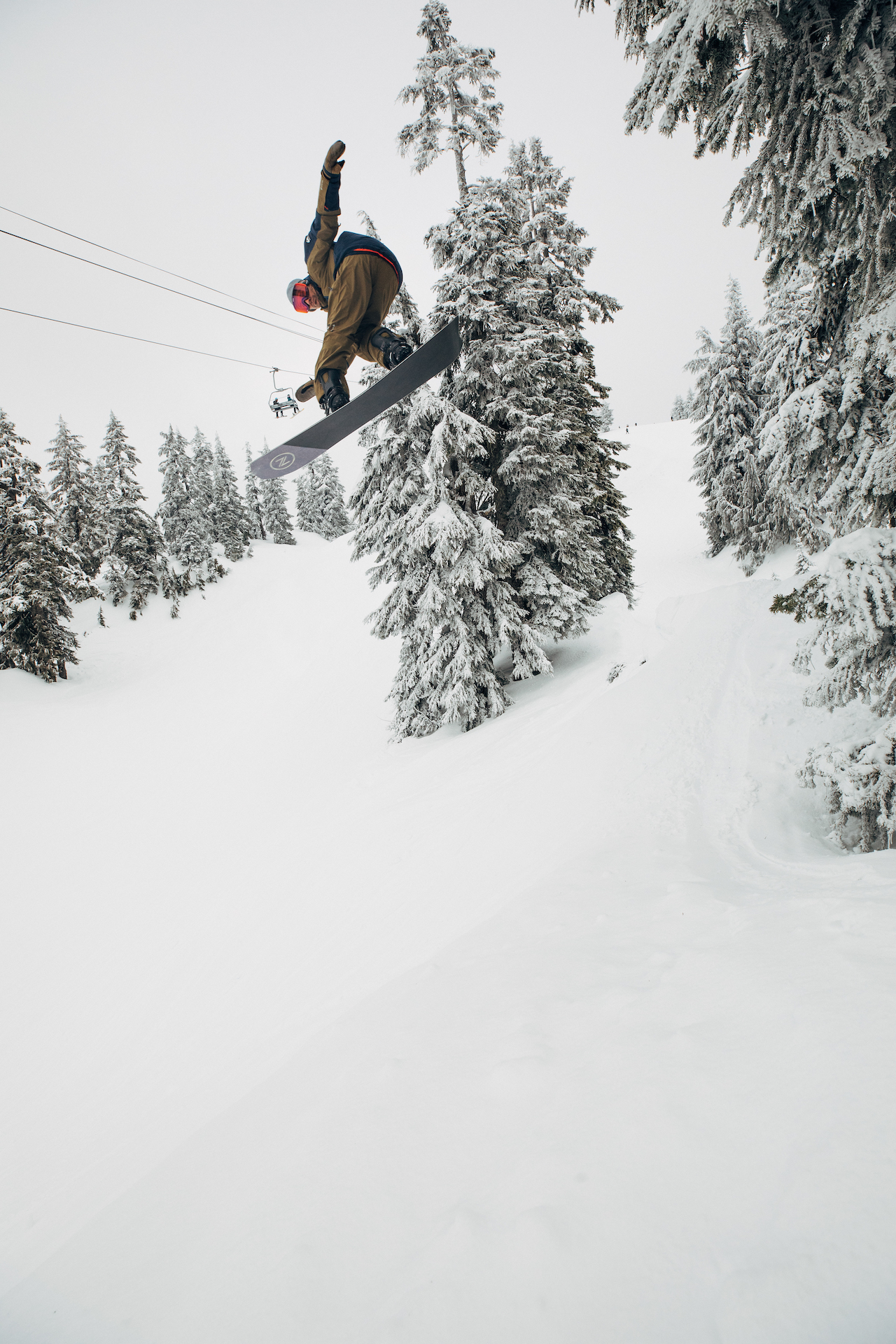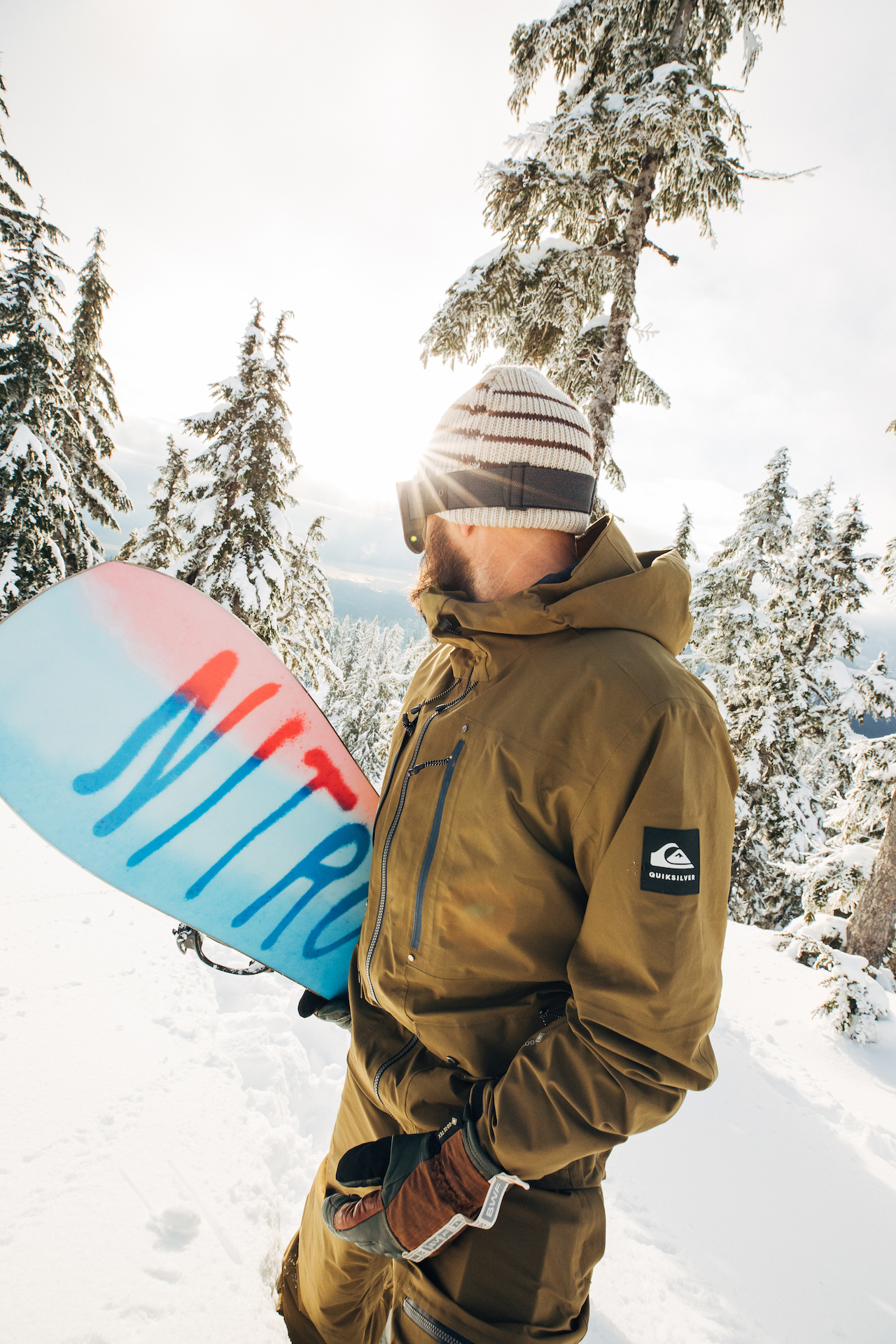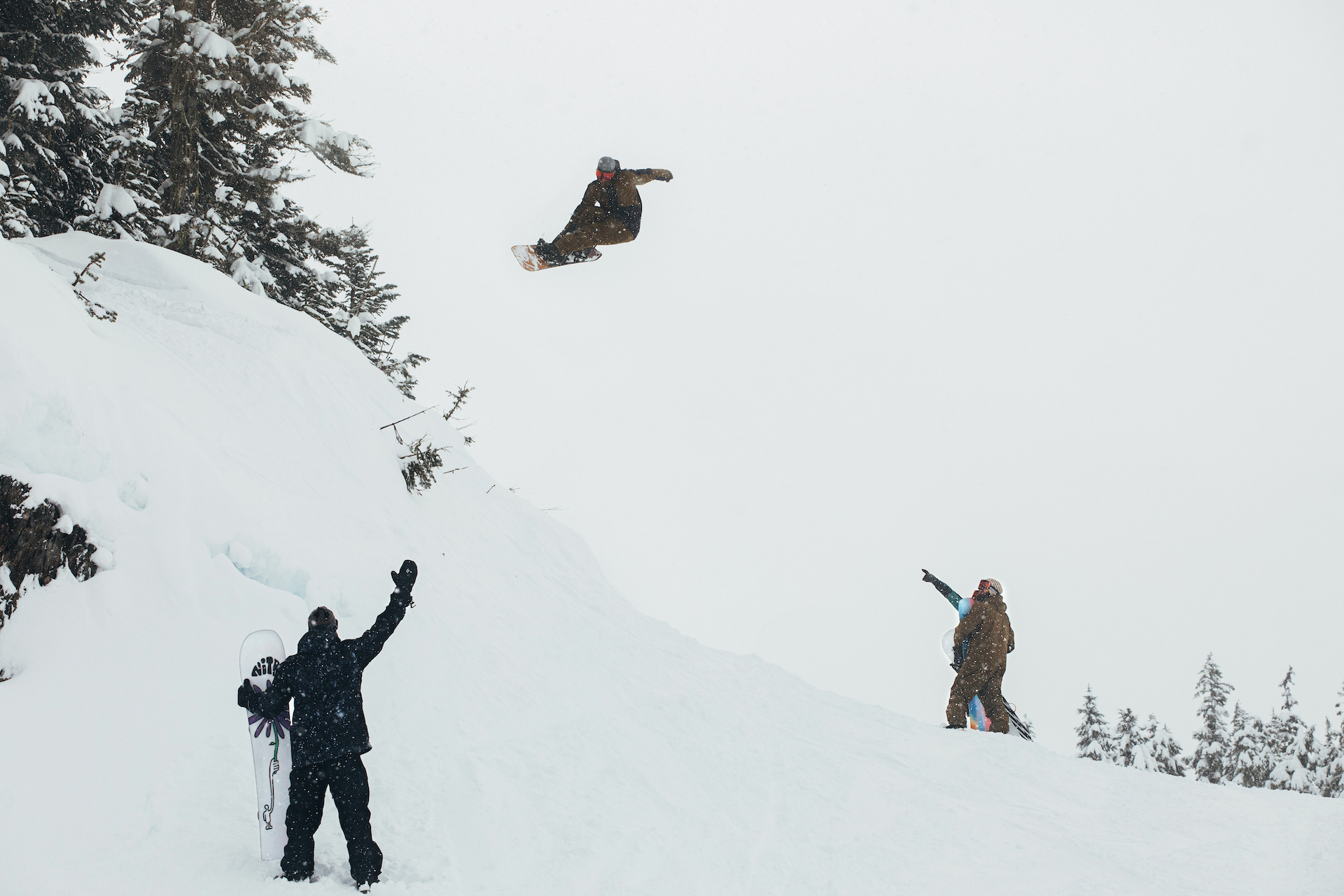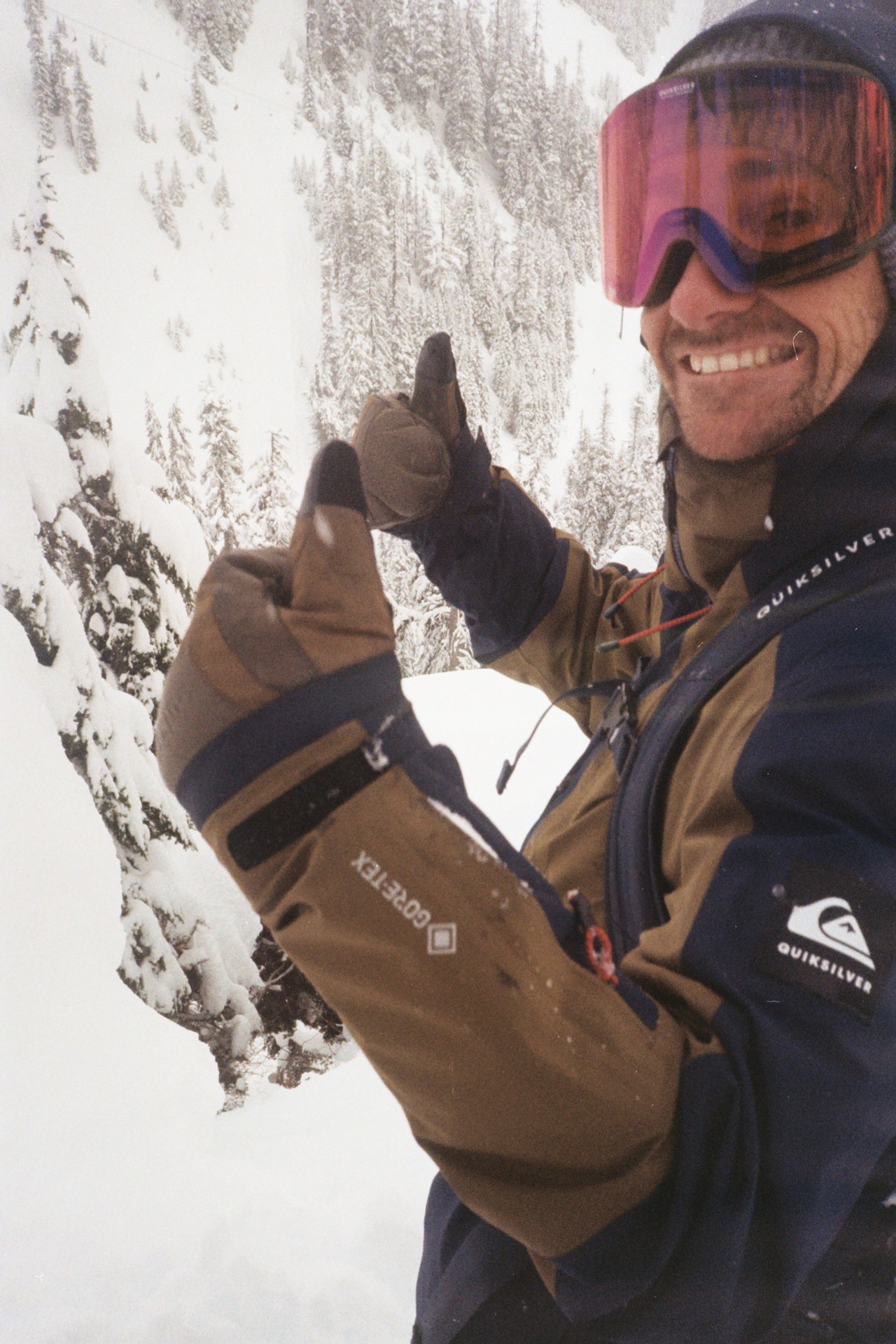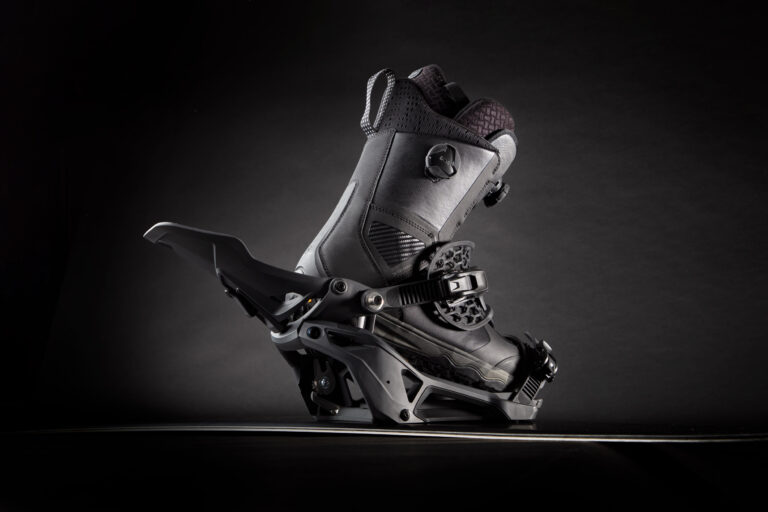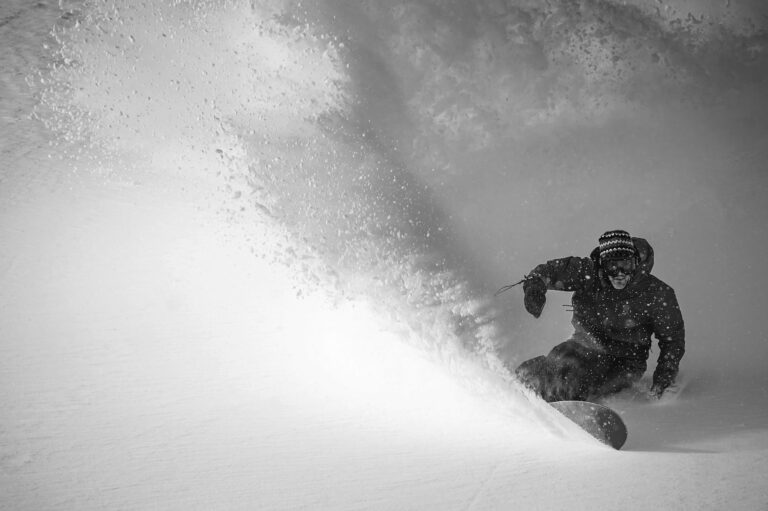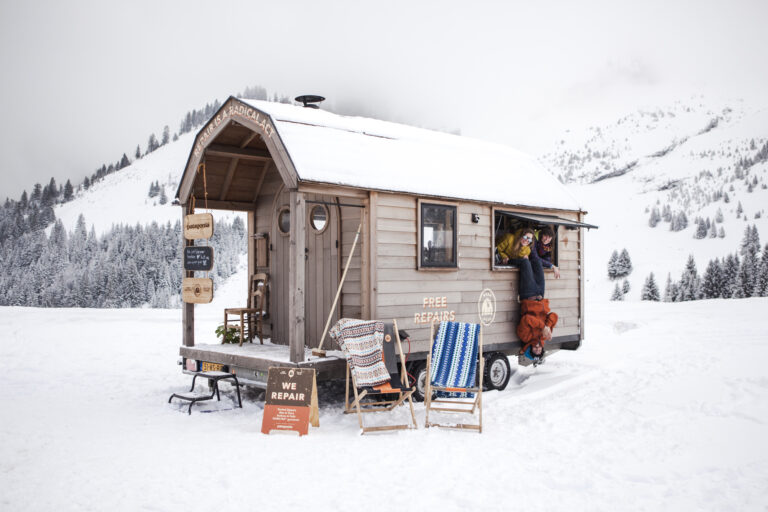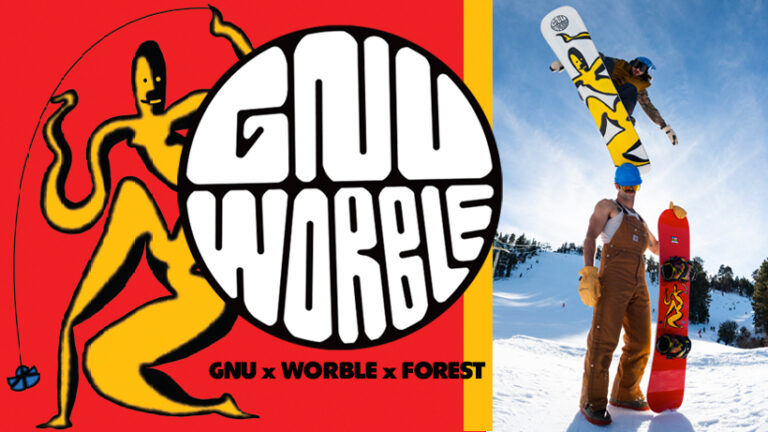Over the last few decades, we’ve witnessed a shift in general consumption patterns, especially when it comes to retail. After the Second World War, the Western world moved from poverty to an era of fast fashion, one that would result in a severe surplus in supply and a staggering increase in the usage of fossil fuels.
“It’s been a wakeup call, not only for the consumers but brands as well”
Slowly, society has started to wake up to the harsh truth of what that fast fashion has meant for the environment, and we’re now trying to mend what we’ve almost broken.
Recent studies have revealed that the retail industry is responsible for as much as 10% of humanity’s carbon emissions. It’s been a wakeup call, not only for the consumers but brands as well.
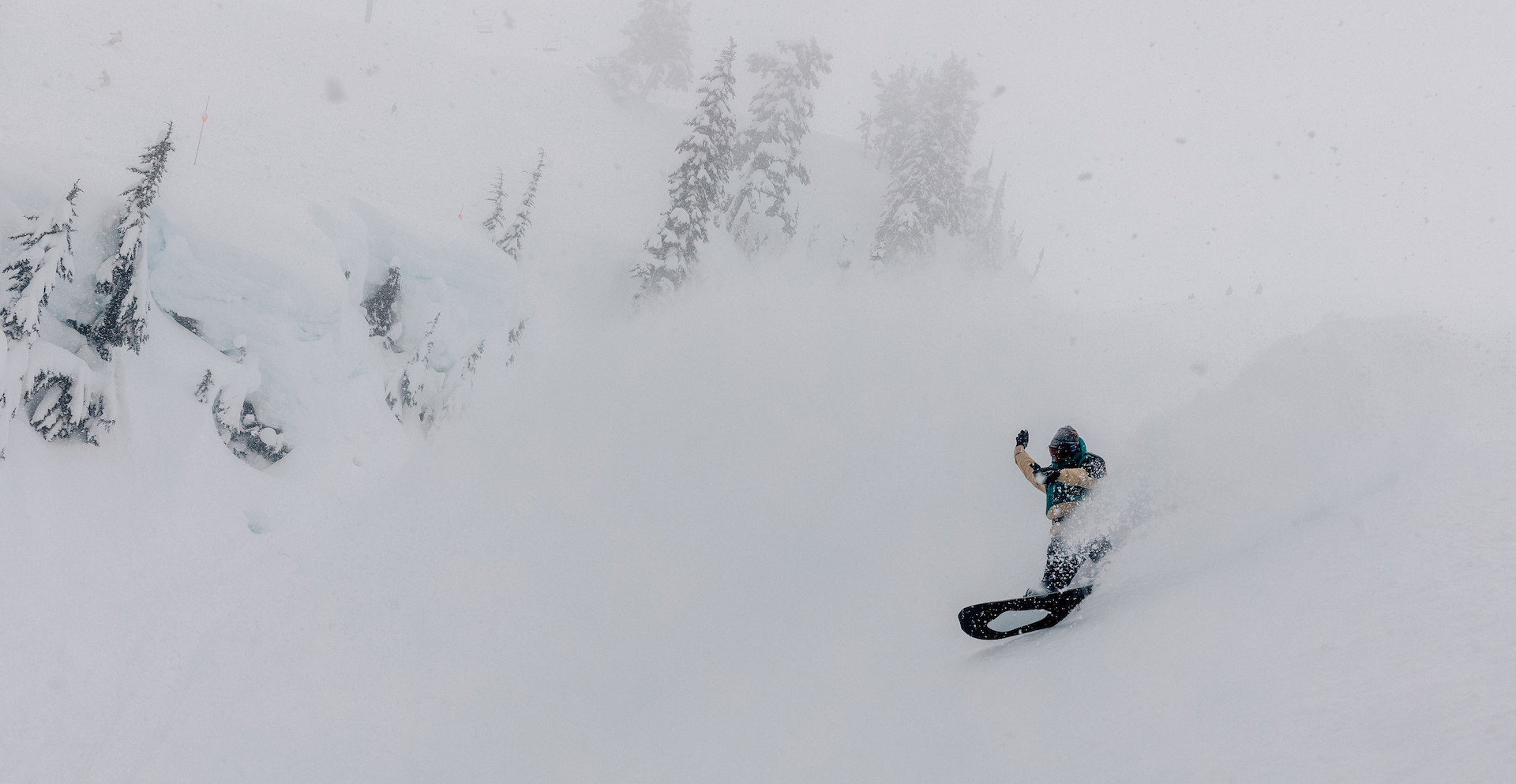
As a company that’s built for people who enjoy the outdoors, Quiksilver is no stranger to what the rise of carbon emissions means for the future of action sports. In order to avoid this, the brand has been working on practicing a more sustainable manufacturing strategy for years. ‘Recycled for Radness’ is the latest example; an ambitious project designed to help stem the tide of environmental degradation from within the action sports industry.
We sat down with Quiksilver team rider and the brand’s European main ambassador for the project, Mathieu Crepel and the snow product manager at Quiksilver, Thomas Bourgault, to find out more.
